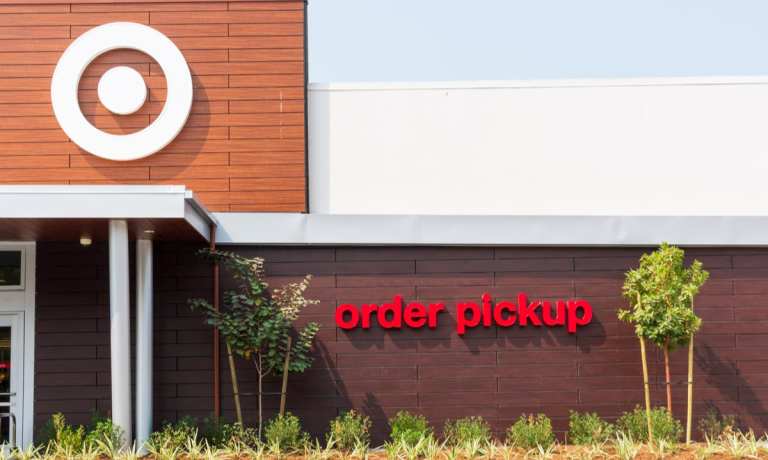
Target began rolling out grocery pickup and drive-up across the United States over the summer in an effort to compete with the low-contact options offered by competitors. The service allowed customers to place digital orders in advance through the retailer’s website or app. Pickup customers can collect their orders on-site, and drive-up customers have their orders brought right to their car by a Target employee. These options have been highly effective at driving sales as for COVID-conscious consumers look to minimize time spent in-store. In fact, digital sales accounted for two-thirds of the retailer’s overall growth. Now, according to a call with analysts on Tuesday (March 2), Target plans to expand fresh food and adult beverage pickup to 800 more stores in the next few months.
“There’s more we can do for our guests,” Target Chief Financial Officer and Executive Vice President Michael Fiddelke said on the call. “One way is to continue expanding the assortment of fresh, refrigerated, and frozen food items available for pick-up and drive-up.”
He added that, according to the retailer’s study of consumer buying behavior in different channels, those who tried grocery pickup or drive-up for the first time began shopping at Target more frequently, an average increase of one visit per month, compared to those who did not try out these services. Additionally, those who tried out pickup or drive-up increased their grocery spending 20 to 30 percent compared to those who did not. Not only that — those who tried out these low-contact options for grocery subsequently increased their spending in other, non-grocery categories by about 20 percent.
As Target grows its order-ahead options, competitors are also sweetening their remote offerings. Walmart has just dropped the $35 minimum for its 2-hour delivery service, which could widen Walmart’s already sizable lead over Target, with the former’s total revenue an entire order of magnitude higher than the latter. Even Costco, which resisted curbside pickup far longer than other retailers, is finally caving. The retailer partnered with Instacart, whose valuation just doubled to $39 million, to enable pickup. According to PYMNTS’ recent Global Digital Shopping Index, interest in curbside pickup “has grown significantly, with 15.5 percent of those who purchase digitally citing it as their preferred way of shopping in July — up from 10.8 percent in March.”
In addition to expanded order-ahead options, Target also drove growth in the grocery category with its private-label grocery line, Good & Gather. The line, which, Chief Executive Officer Brian Cornell said on the call, “took significant market share,” grew its offerings in September. The brand has been a success since its launch, bringing in more than $1 billion in its first year. Per Cornell’s summation, “Good & Gather is off to a tremendous start, a multi-billion dollar brand in a short period of time. It’s been well received by our guests, great quality at a great value, and I think it typifies the things we do with our own brands.”
Of course, much of this growth may have been due in part to consumers’ shift away from restaurants toward grocery options during the pandemic. Some of these changes, however, Fiddelke predicts will continue to influence consumer behavior going forward.
“In categories consumed mostly at home, including food and beverage,” he said, “… industry trends have accelerated over the last year and could see some softness as we emerge from the crisis. However, the timing and extent is hard to predict and could be offset by permanent changes in consumer habits, including a higher percentage of work time spent at home and an elevated focus on cleanliness and health resulting from the pandemic.”